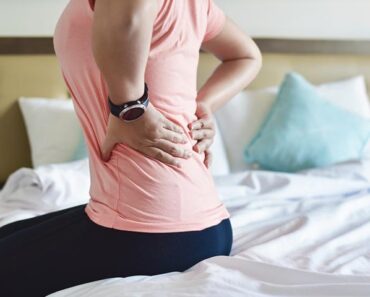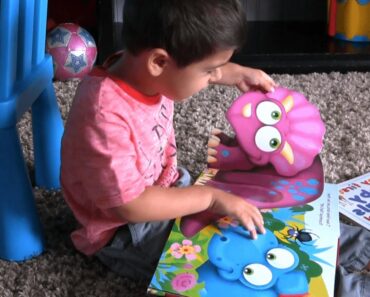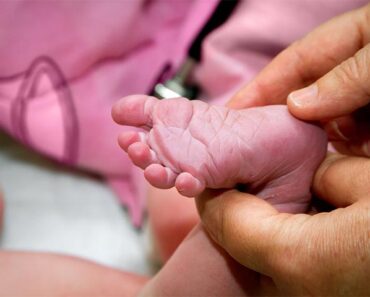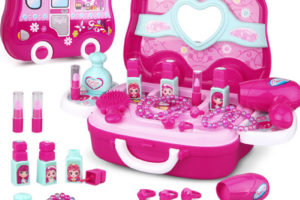Image: Shutterstock
Eruption cysts are benign cysts that appear on the gums before a tooth’s eruption. It may appear as a bluish-purple lump and seem like a soft bubble on the baby’s gums. Eruption cysts occur in varying sizes.
It may seem unusual to see an eruption cyst on your baby’s gums. However, eruption cysts are usually normal and do not require treatment. Most cysts disappear on their own (1). This post tells you more about the signs, causes, and management of eruption cysts.
Signs And Symptoms Of Eruption Cysts
The following are the common signs and symptoms of eruption cysts in babies (2) (3) (4).
- They are translucent, elevated, dome-shaped, and compressible boil-like structures seen on the gums’ surface.
- The color ranges from normal to blue to reddish-brown or black, depending on the amount of blood accumulated in them.
- They are soft to touch. They usually appear a few days before the tooth is about to erupt.
- The size of the cyst usually depends on the size of the tooth. A cyst might sometimes enclose more than one tooth. In such scenarios, the cyst might appear bigger.
- The cysts usually measure approximately 0.6cm in diameter.
- These cysts can be either on one side of the mouth or on both sides. Also, it is possible to have more than one eruption cyst at a time.
- They are more commonly seen in the lower jaw in the molar tooth region.
- Eruption cysts are mostly asymptomatic. In some cases, there could be pain associated with eruption cysts, but it is usually due to secondary factors such as trauma or infection.
What Causes Eruption Cysts In Babies?
An eruption cyst occurs when the dental follicle separates from the tooth’s enamel, creating a follicular space. The follicle gets separated due to fluid or blood accumulation between the tooth’s enamel and the follicle (4).
A dental follicle is a loose connective tissue that surrounds the developing tooth, known as tooth germ. The dental follicle plays a crucial role in the formation of the tooth and its supporting structures (5).
Risk Factors For Eruption Cysts
The exact cause of eruption cysts in babies is unknown. However, research suggests that the following factors may increase the risk of eruption cysts in babies (6).
- Early decay of teeth
- Trauma
- Infection
- Less space available in the jaw for the eruption of the tooth
How Common Are Eruption Cysts In Babies?
Eruption cysts are more common in permanent teeth when compared to deciduous or primary teeth (4). In the pediatric population, these cysts are more commonly seen in the age group of six to nine years. However, they may occur in babies, too (4). Overall, eruption cysts are rare in babies.
Treatment For Eruption Cysts
Eruption cysts do not usually need treatment since they disappear following a tooth eruption or by themselves. In most cases, the cyst ruptures spontaneously, helping in tooth eruption.
Surgical intervention is needed when the eruption cyst hurts, bleeds, or becomes infected. The pediatric dentist may choose gentler treatment options for babies, such as removing the cyst’s top layer to permit speedy tooth eruption. If the cyst grows constantly or hinders tooth eruption for several days, partial excision of the cyst’s tissue may be considered. It involves draining the cyst’s fluid and exposing the tooth’s crown.
The surgery may be done the traditional way or with laser diodes. Laser cutting is a pain-free procedure that causes less bleeding and helps in faster healing.
When To Take The Baby To A Dentist?
Take your baby to a dentist if you notice any gum swelling that lasts for more than two weeks or if any swelling makes the baby uncomfortable, causing feeding problems. A baby should first visit the dentist when the first tooth erupts (around six months of age) or by the first birthday. Like adults, babies should also have a dental checkup every six months.
Eruption cysts are rare in babies, but you may stay alert for them. If you see any swelling in your baby’s mouth and suspect it to be an eruption cyst, you can visit your baby’s pediatric dentist. The doctor will intervene if necessary because most cysts heal without any medical intervention.


































